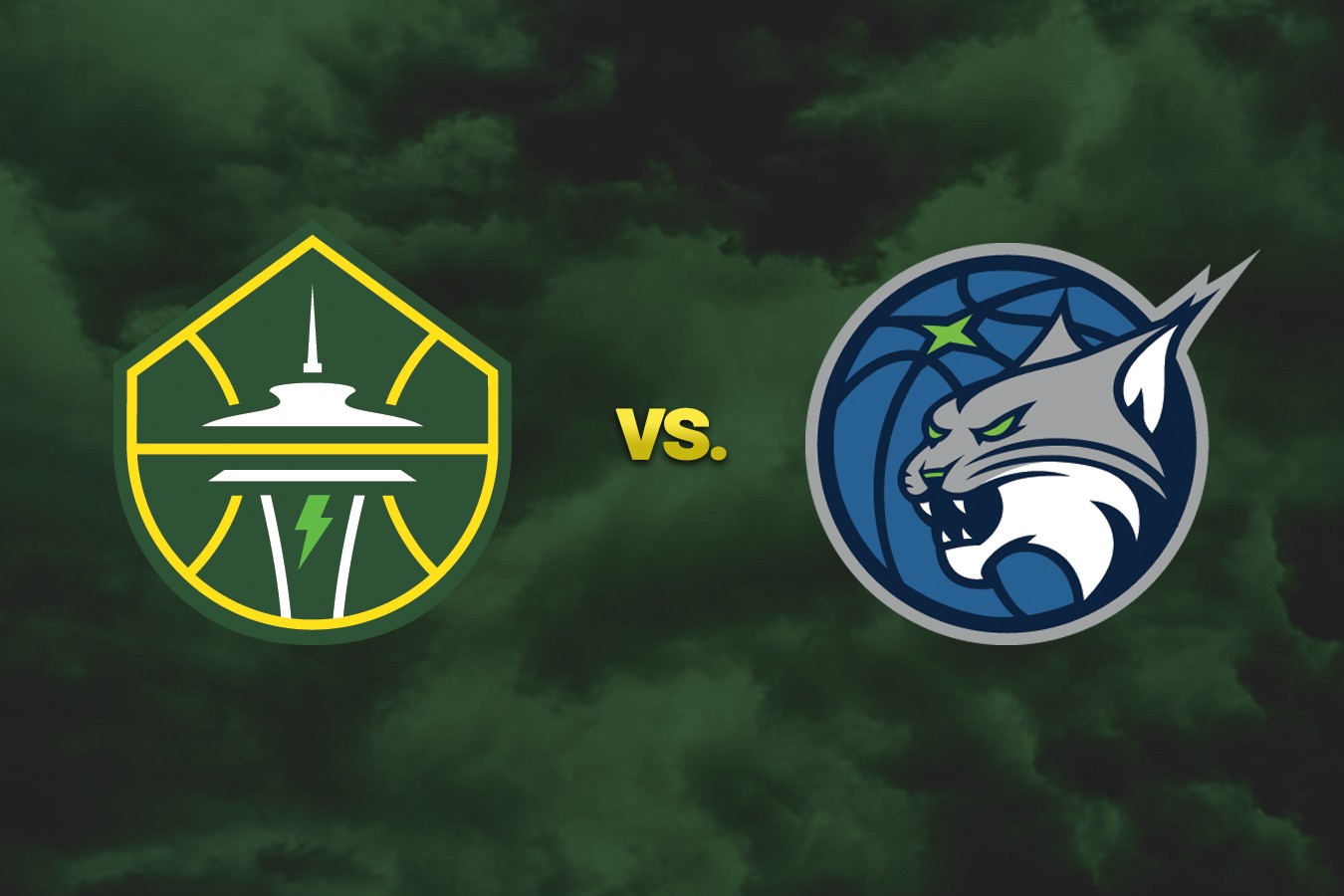
Who would win in a battle between Storm and Lynx? This question has sparked countless debates among fans. Storm, the powerful mutant from the X-Men, can control the weather, summon lightning, and create tornadoes. Lynx, the agile and stealthy Fortnite character, boasts incredible speed, acrobatics, and advanced combat skills. Comparing these two iconic figures isn't easy. Each has unique strengths and abilities that make them formidable opponents. While Storm's elemental powers can devastate large areas, Lynx's agility and combat expertise make her a tough target. In a head-to-head clash, the outcome would depend on strategy, environment, and perhaps a bit of luck. Let's dive into 15 intriguing facts about these two characters to see what makes each of them special.
Storm vs Lynx: A Battle of Nature
Nature often pits its elements against each other in fascinating ways. One such intriguing rivalry is between the storm and the lynx. While one is a force of weather, the other is a stealthy predator. Let's dive into some captivating facts about these two formidable forces.
Storm Facts
Storms are powerful weather phenomena that can cause significant changes in the environment. Here are some interesting facts about storms:
-
Storms Form from Air Pressure Differences
Storms develop when there are significant differences in air pressure. Warm, moist air rises and meets cooler air, creating a disturbance that can lead to thunderstorms, hurricanes, or tornadoes. -
Lightning is a Common Feature
Lightning occurs in all thunderstorms. It is a sudden electrostatic discharge that happens during a storm, creating a bright flash of light and a loud thunderclap. -
Hurricanes Have Eyes
The center of a hurricane, known as the "eye," is surprisingly calm. Surrounding the eye is the eyewall, where the most intense winds and rainfall occur. -
Tornadoes are Measured by the Fujita Scale
Tornadoes are rated on the Fujita Scale, which ranges from F0 to F5. An F0 tornado has winds of 40-72 mph, while an F5 tornado can have winds exceeding 261 mph. -
Storm Surges Cause Major Flooding
During hurricanes, storm surges can cause significant flooding. This occurs when strong winds push seawater onto the shore, raising the water level and inundating coastal areas.
Lynx Facts
The lynx is a solitary and elusive predator known for its keen hunting skills. Here are some fascinating facts about lynxes:
-
Lynxes Have Tufted Ears
One of the most distinctive features of a lynx is its tufted ears. These tufts help enhance their hearing, allowing them to detect prey more effectively. -
Excellent Climbers and Swimmers
Lynxes are adept climbers and swimmers. These skills help them navigate their forested habitats and catch a variety of prey. -
Lynxes Have Large Paws
The large, padded paws of a lynx act like snowshoes, distributing their weight and allowing them to walk on top of snow without sinking. -
Solitary Hunters
Lynxes are solitary animals, preferring to hunt alone. They primarily hunt at night, using their excellent vision and hearing to locate prey. -
Diet Consists Mainly of Small Mammals
The diet of a lynx mainly includes small mammals such as hares, rodents, and birds. They are opportunistic feeders and will eat what is available in their habitat.
Comparing Storms and Lynxes
While storms and lynxes are vastly different, comparing their characteristics can be quite intriguing. Here are some points of comparison:
-
Both are Unpredictable
Both storms and lynxes can be unpredictable. Storms can change direction and intensity rapidly, while lynxes can suddenly appear and disappear in their pursuit of prey. -
Impact on the Environment
Storms can cause widespread destruction, altering landscapes and ecosystems. Lynxes, on the other hand, play a crucial role in controlling the population of small mammals, maintaining ecological balance. -
Adaptation to Their Environment
Storms adapt to atmospheric conditions, forming in specific climates and seasons. Lynxes adapt to their environment through physical traits like their fur, which changes color with the seasons for camouflage. -
Survival Strategies
Both have unique survival strategies. Storms derive their power from atmospheric conditions, while lynxes rely on their stealth, agility, and keen senses to survive and hunt. -
Symbolism in Culture
Storms often symbolize chaos and destruction in various cultures, while lynxes are seen as symbols of mystery and keen insight due to their elusive nature and sharp senses.
Final Thoughts on Storm vs Lynx
Storm and Lynx are two fascinating creatures with unique traits. Storm, often associated with power and unpredictability, symbolizes the raw force of nature. Lynx, on the other hand, represents stealth, agility, and mystery. Both have their own strengths and weaknesses, making them intriguing subjects for comparison.
Understanding these differences can help us appreciate the diversity in nature. Whether it's the sheer might of a storm or the cunning prowess of a lynx, each has its own role in the ecosystem. This comparison also highlights how different forces can coexist and balance each other out.
So next time you think about storms or lynxes, remember these facts. They offer a glimpse into the wonders of the natural world, reminding us of the beauty and complexity that surrounds us every day.
Was this page helpful?
Our commitment to delivering trustworthy and engaging content is at the heart of what we do. Each fact on our site is contributed by real users like you, bringing a wealth of diverse insights and information. To ensure the highest standards of accuracy and reliability, our dedicated editors meticulously review each submission. This process guarantees that the facts we share are not only fascinating but also credible. Trust in our commitment to quality and authenticity as you explore and learn with us.
